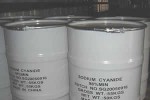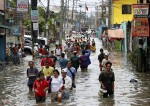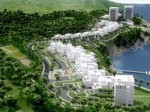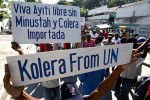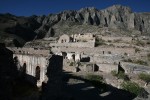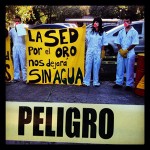Haitian Government Does Nothing About Isaac | Le gouvernement haïtien ne fait rien pour Isaac
By Dady Chery, Haiti Chery. According to the U.S. National Hurricane Center, Hurricane Isaac should hit the island of Hispaniola the night of Thursday August 23-24 with rainfall of 8 to 12 inches, dangerous waves, and storm surges that might raise the coastal waters 3 to 5 feet above normal. With less than 24 hours left for preparations to save lives and property, the Haitian government had done nothing except issue general safety warnings. (English | French)
Continue reading →

